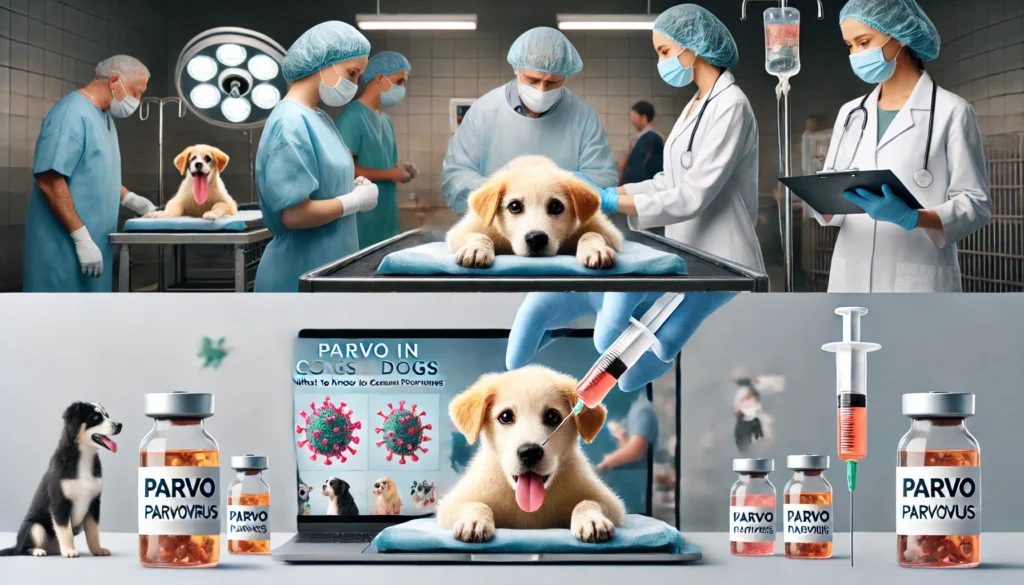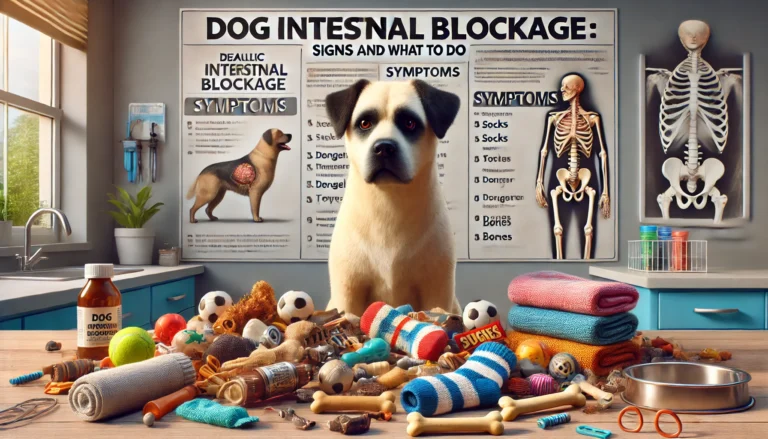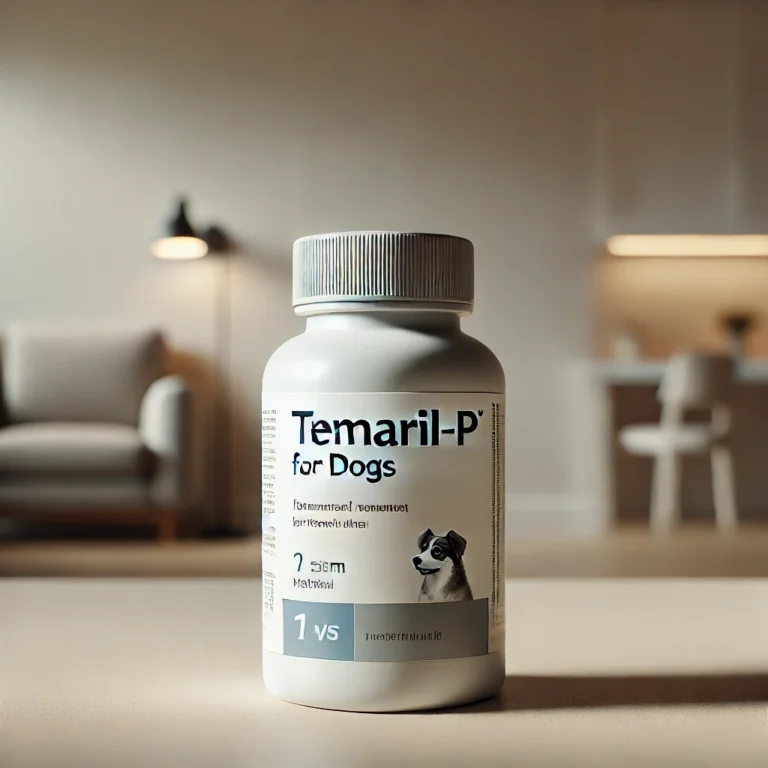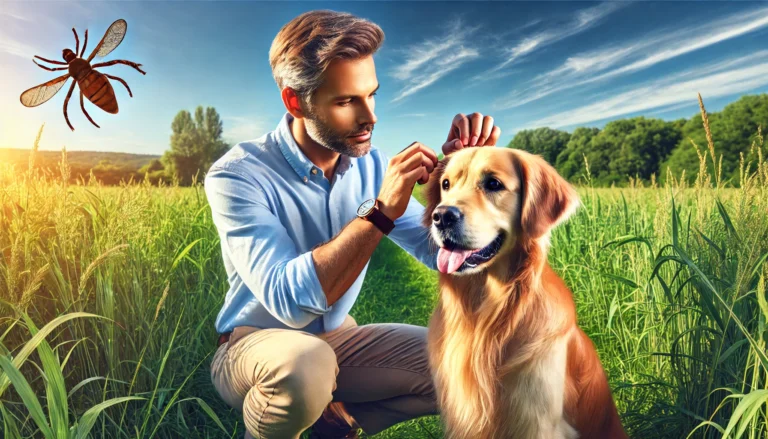Parvo in Dogs: What To Know About Canine Parvovirus

Parvo in Dogs or Canine parvovirus, commonly known as parvo, is a highly contagious viral disease in dogs, particularly dangerous to unvaccinated puppies and young dogs. It requires prompt action due to its severity and the high risk of spread.

Transmission and Symptoms of Parvo
Parvo spreads either by direct contact with an infected dog or indirectly via contaminated objects. Symptoms of parvo include severe vomiting, bloody diarrhea, lethargy, and rapid dehydration, which can be fatal if untreated.
| Stage | Symptoms | Duration |
| Incubation | No visible symptoms | 3-7 days |
| Early Stage | Lethargy, slight fever | 1-2 days |
| Acute Stage | Vomiting, diarrhea, severe dehydration | 2-4 days |
| Recovery (if treated) | Improvement in appetite, activity level, gradual return of energy | 5+ days |
Stages and Treatment of Parvo
The stages of parvo begin with exposure and incubation, followed by the appearance of clinical signs, severe symptoms, and potentially recovery or worsening health. Treatment focuses on supportive care, such as IV fluids, anti-nausea medications, and antibiotics to prevent secondary infections. Early and aggressive treatment increases the survival rate, and many dogs can recover with appropriate care.
| Treatment Type | Description | Consideration |
| IV Fluids | Combat dehydration and electrolyte imbalances | Critical for survival |
| Antiemetics | Control vomiting | Essential for comfort and recovery |
| Antibiotics | Prevent secondary bacterial infections | Often used prophylactically |
| Hospitalization | 24/7 monitoring and care | Required in severe cases |
Home Care and Prevention
While hospitalization is typically necessary, some aspects of care can be managed at home, such as maintaining hydration and providing a quiet environment for recovery. Preventative measures include thorough vaccination and maintaining good hygiene and sanitation practices to reduce the risk of parvo transmission.

FAQs About Parvo in Dogs
- Can cats get parvo from dogs? Cats cannot contract canine parvovirus, but they have their own version of the virus.
- Is parvo treatable? Yes, with aggressive veterinary care, many dogs can survive parvo.
- What are the last stages of parvo before it kills a puppy? These can include extreme lethargy, continuous vomiting, and more severe bloody diarrhea.
- Can parvo be cured at home? Home treatment alone is not recommended due to the severity of the disease; professional veterinary care is crucial.
- How long does it take for parvo to kill a dog? Without treatment, parvo can lead to death within 72 hours after the onset of severe symptoms.
Understanding parvo’s signs, treatments, and prevention is crucial for keeping dogs safe from this dangerous virus. Always consult a veterinarian if you suspect your dog has parvo or if you need guidance on vaccination and prevention strategies.






